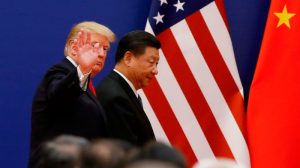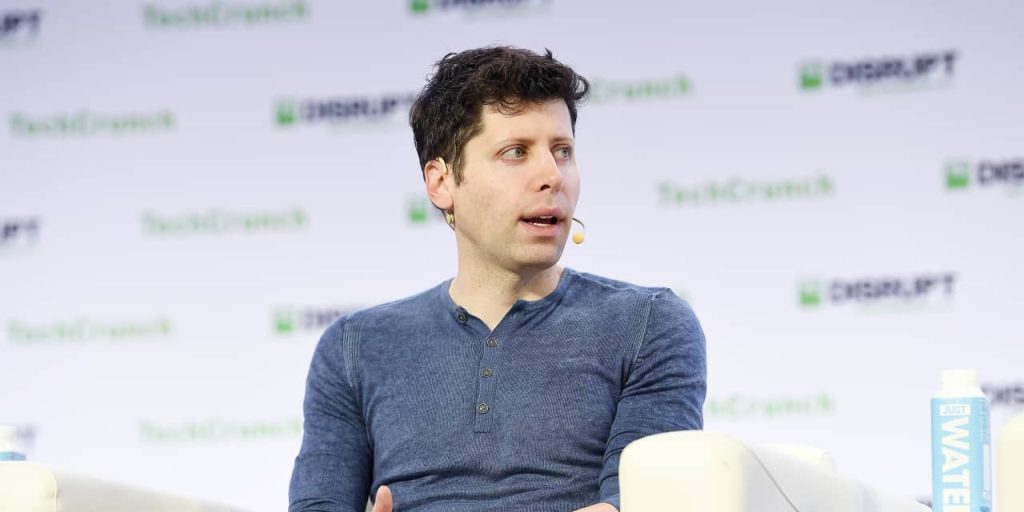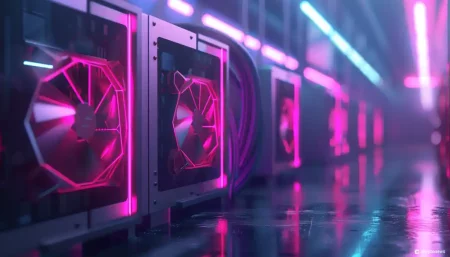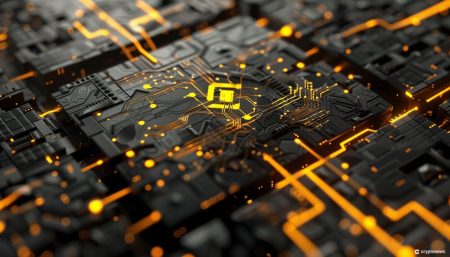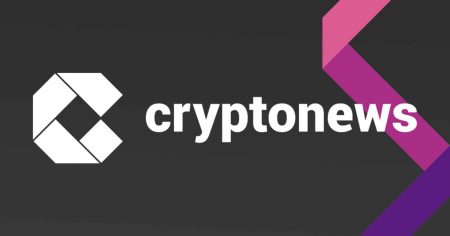After a hectic few days, it looks like it’s all back to where it started – Sam Altman is returning to OpenAI as chief executive. The question now is what changes
Microsoft
can secure to improve its control of the artificial-intelligence start-up.
OpenAI said early Wednesday that it had reached an agreement in principle for Altman to return as CEO alongside the appointment of a new board of directors, in a post on social-media site X, formerly Twitter.
It’s the culmination of a period of chaos after Altman was fired by the previous board, causing the majority of OpenAI’s employees to threaten to resign. It left
Microsoft
(ticker: MSFT), which has a 49% stake in the ChatGPT creator after investing around $13 billion in the business, scrambling to contain the fallout by offering to hire its staff.
The return of Altman looks likely to bind OpenAI closer to Microsoft. However, several questions remain unanswered which will be crucial as to the value of the AI start-up and its role in Microsoft’s future plans.
There will continue to be pressure to reveal the exact reasons why the former board chose to fire Altman, as well as whether OpenAI will continue to be structured as a nonprofit company, and if Microsoft will go ahead with its previously announced in-house AI research plans.
At one point in the fallout of Altman’s firing it looked as though Microsoft might have been able to effectively acquire all of OpenAI’s talent without having had to buy the remaining interest in the company. The overall value of OpenAI was expected to have been between $80 billion and $90 billion as calculated from a planned share sale. On reflection, stockholders might feel a little disappointed that it remains in a relatively messy relationship with OpenAI.
Microsoft has conspicuously not sought to take full control of OpenAI, potentially to avoid triggering antitrust reviews by regulators. However, that doesn’t mean it will allow things to go back to being exactly the way they were. Both OpenAI’s new board and Altman himself are likely to find Microsoft keeping a closer eye on their actions in future.
“One thing I’d be very, very clear is we’re never going to get back into a situation where we get surprised like this ever again,” Nadella said in an appearance on the On with Kara Swisher podcast on Tuesday, before the announcement of Altman’s return to OpenAI.
Altman said in a tweet he was looking forward to returning, as did former OpenAI President Greg Brockman who had also left the company last week.
Microsoft CEO Satya Nadella said the company was encouraged by the changes to the OpenAI board. Microsoft
Microsoft is expected to push for a seat on an eventual expanded OpenAI board of up to nine people, according to The Verge, citing people familiar with the negotiations.
“We look forward to building on our strong partnership and delivering the value of this next generation of AI to our customers and partners,” Nadella said in a statement.
Another option that Microsoft has is to continue investing in its in-house AI efforts to lessen its dependence on OpenAI. On Monday, Microsoft also posted a blog about its success in developing smaller AI models with similar capacities to larger models such as OpenAI’s GPT-4, with the benefit of running at lower costs.
Microsoft shares were up 0.8% at $376.01 in premarket trading on Wednesday. The stock is hovering slightly below its all-time high of $378.87 reached on Monday.
OpenAI’s new initial board will include former
Salesforce
(CRM) co-chief executive Bret Taylor as chairman, as well as former U.S. Secretary of the Treasury Larry Summers, and Quora founder Adam D’Angelo. Altman won’t be on the initial board.
D’Angelo is the only one remaining from the previous board, meaning the majority of the members responsible for removing Altman last Friday no longer are involved.
Write to Adam Clark at [email protected]
Read the full article here
